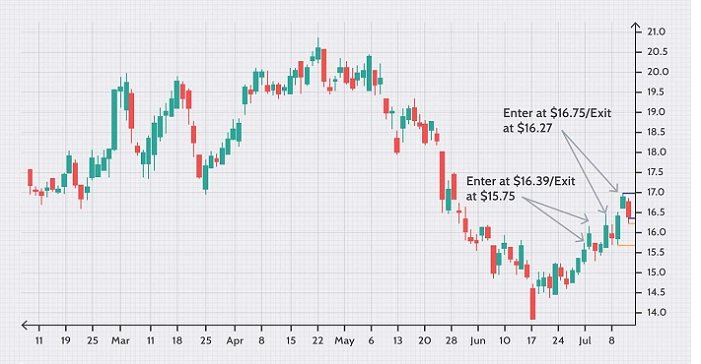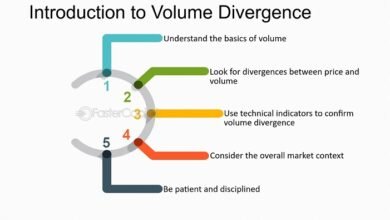Upside and Downside: What You Need to Know?

When it comes to making decisions in business, investments, or even personal choices, the terms “upside” and “downside” are often used. Understanding these concepts can help you make better, more informed decisions. Here’s what you need to know about upside and downside, explained in simple terms.
What Is Upside?
The “upside” refers to the potential positive outcome or benefits of a decision or action. In investment terms, the upside is the possible profit or gain you could make if things go well. For example, if you invest in a stock, the upside is how much that stock could increase in value.
Example: Imagine you buy a stock at $50, and you believe it could go up to $100. The upside in this case is $50, which is the potential profit you could make.
Know more about: Electrician Trade School
What Is Downside?
On the flip side, the “downside” refers to the potential negative outcome or losses that could happen if things don’t go as planned. In investments, the downside is the risk of losing money.
Example: If that same stock you bought for $50 drops to $25, the downside is $25, which represents the loss you would incur.
Balancing Upside and Downside
When making decisions, it’s crucial to weigh both the upside and the downside. The goal is to find opportunities where the potential upside outweighs the downside, minimizing your risk while maximizing your potential reward.
Example: Let’s say you’re considering two investments. Investment A has a potential upside of $100 but a downside of $90. Investment B has an upside of $50 with a downside of $10. Even though Investment A has a higher upside, Investment B might be safer because its downside is much lower.
Real-Life Applications
Investing: When investing, always consider both the upside and downside. This approach helps you avoid unnecessary risks and make smarter choices.
Business Decisions: In business, evaluating the upside and downside of launching a new product, entering a new market, or making a big purchase can prevent costly mistakes.
Personal Decisions: Even in everyday life, like choosing a new job or moving to a new city, thinking about the potential upside and downside can guide you towards better decisions.
Conclusion
Understanding the upside and downside of any situation is essential for making informed decisions. By considering both the potential gains and the risks, you can navigate your choices with more confidence and reduce the likelihood of negative outcomes. Whether you’re investing, making business decisions, or even making personal life choices, always take the time to evaluate the upside and downside before taking action.





